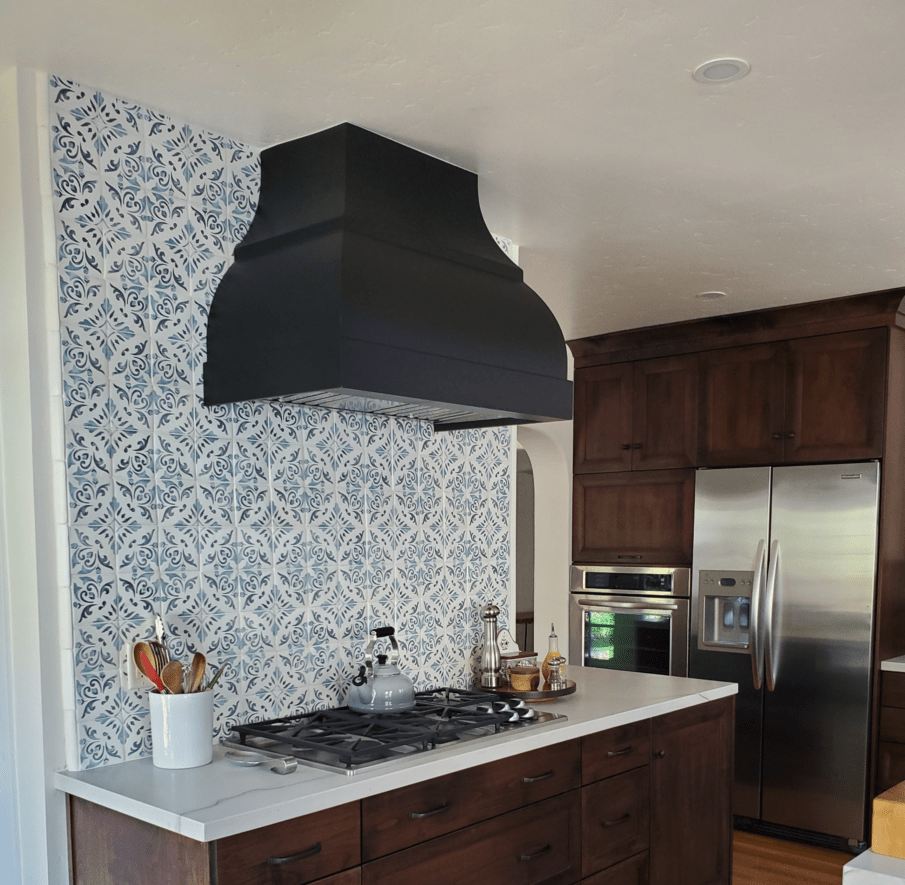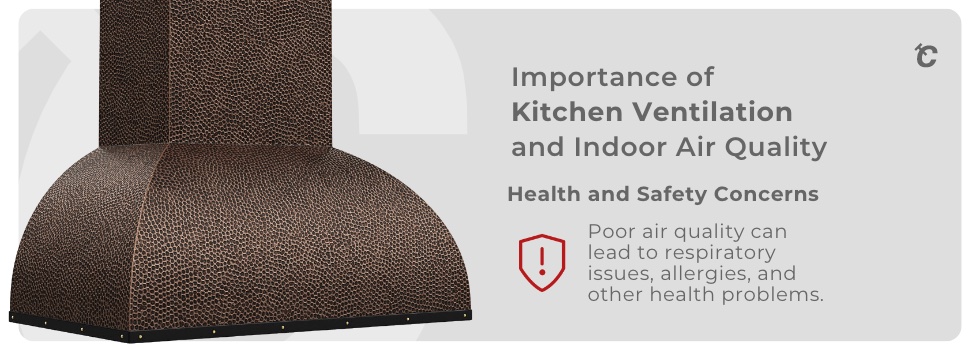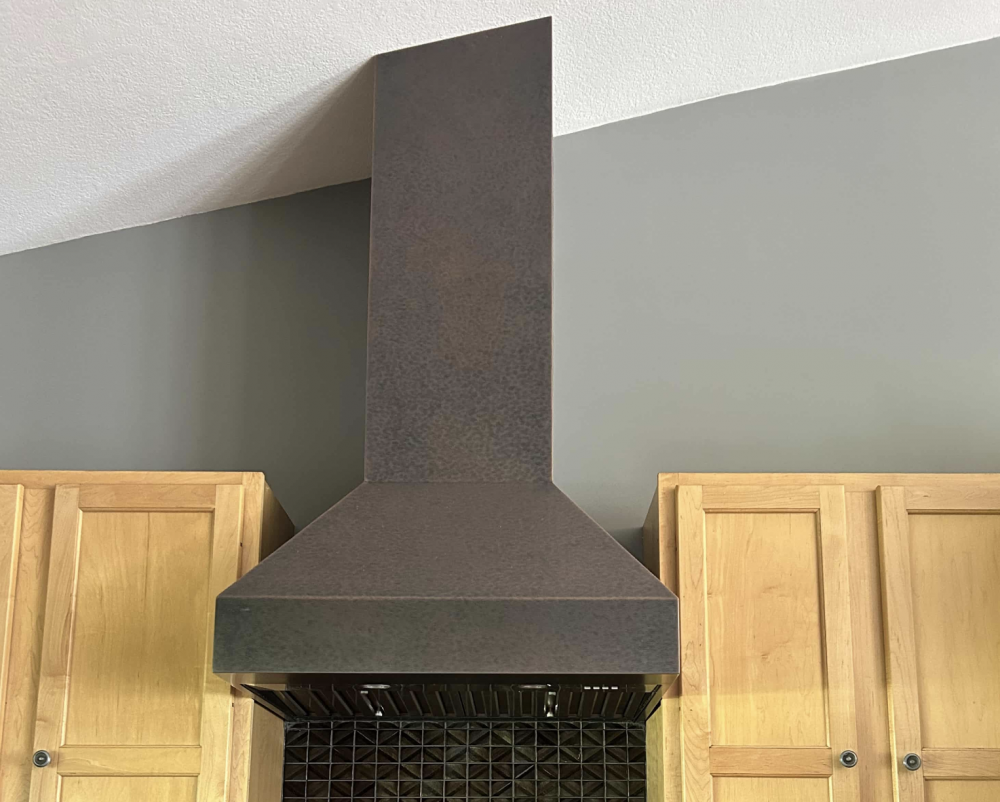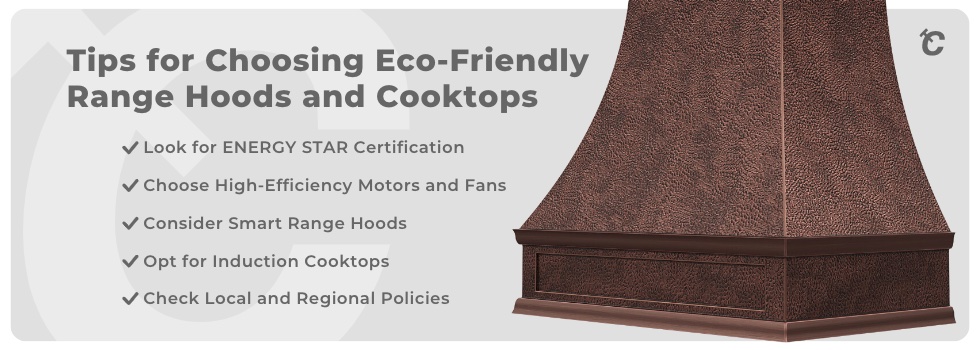As a society, we have a shared social responsibility to reduce our environmental impact wherever possible. Environmental regulations, often laid out by governing bodies or environmental agencies, are one of the most efficient ways to achieve this goal, as they provide us with a framework to rely on when it comes to both introducing and actioning meaningful change.
As such, kitchen ventilation regulations exist, primarily to ensure kitchens (both commercial and residential) are as eco-friendly as possible. This is particularly important when you consider that “the average US household produces 7.5 tons of CO2 equivalents per year”, according to a recent study from the champaign county forest preserve.
Without these regulations in place, the consequences of poor ventilation will continue to impact the environment moving forward, as old practices and systems will be relied upon. Fortunately, the existence of these regulations means that it's easier than ever to find products that are not only highly functional and will look great within your kitchen but will also help you to reduce your environmental impact at the same time. For example, all of the ventilation products sold on our website adhere to these regulations and guidelines.
Furthemore, it's important to note that these regulations can also be instrumental in improving health and safety standards across the board. For example, when utilized correctly, a ventilation system will improve the indoor air quality in your residential or commercial property, reducing the chances of you dealing with respiratory conditions, such as asthma, allergies, and other related complications. While this is important within the home, it's also crucial within commercial properties, as you must ensure your workplace adheres to the relevant health and safety standards.
Environmental Policies Impacting Kitchen Remodeling:
There have been many changes in interior design and kitchen remodeling. These changes are not just based on aesthetics or personal preferences of the homeowner, but some of these changes are non-negotiables set forth by environmental policies. In the long run, these policies will benefit the home and the homeowner.
However, homeowners may consider it an overreach for the government to stipulate appliances they use in their homes. This is an understandable concern. These environmental policies have become more and more prevalent as the government and regulatory agencies implement eco-friendly policies in various industries, including kitchen design and remodeling.
Not given a choice, homeowners, designers, and builders are ensuring that they improve energy efficiency and indoor air quality in every home. These are the sustainable solutions that now drive the home design and building industry.
In the long run, homeowners, designers, and builders see the lasting benefits of these environmental policies. One area of focus for these environmental policies has been with kitchen ventilation systems, such as range hoods and cooktops.
We will examine how environmental policies are shaping the kitchen and remodeling industry and influencing the growing demand for eco-friendly options, namely range hood ventilation and cooktops. We will go through some of these policies below.
The Importance of Kitchen Ventilation and Indoor Air Quality.
1. Health and Safety Concerns
You will never find a homeowner, designer, or home builder who is not concerned about indoor air pollution. Having poor air quality in a home is detrimental to those involved in building and designing the home.
Most importantly, it can be detrimental to the homeowner and others living with them. Poor air quality can lead to respiratory issues, allergies, and other health problems. In the cooking process, various pollutants like smoke and volatile organic compounds (VOCs) are released into the air, and these pollutants linger within the home if there is no proper kitchen ventilation to maintain a healthy indoor environment by allowing these pollutants to be released outside of the house. This releasing of potentially harmful indoor air outside is called exhausting, and it is done through a proper ventilation system in the kitchen through range hoods.
2. Energy Efficiency and Sustainability
When we are all responsible for where we live and how we choose to live, we are more aware of our energy consumption. Climate change and energy conservation have become increasingly important topics for homeowners and builders who want to maintain energy efficiency and sustainability. These energy-efficient systems have many perks, like lowering utility bills and contributing to environmental sustainability, which is of the highest value.
3. Regulatory Requirements
Environmental policies have led to the development of standards and codes that regulate kitchen ventilation systems In range hoods. These policies enforce specific codes, and these codes ensure proper ventilation and energy efficiency in residential and commercial settings.
Environmental Policies Affecting Range Hood Ventilation
1. ENERGY STAR Certification
You may have seen the Energy Star sticker on many appliances you've brought into your home. This sticker is a certification from the Energy Star program that the appliance you have purchased ensures effective pollutant removal and energy conservation. The ENERGY STAR program, a joint initiative by the U.S. Environmental Protection Agency (EPA) and the U.S. Department of Energy (DOE), was created to ensure energy efficiency requirements for specific appliances in a home, namely range hoods. Energy Star certified range hoods for a kitchen must meet a strict set of performance criteria for pollutant removal, energy conservation, minimal airflow, and low noise levels.
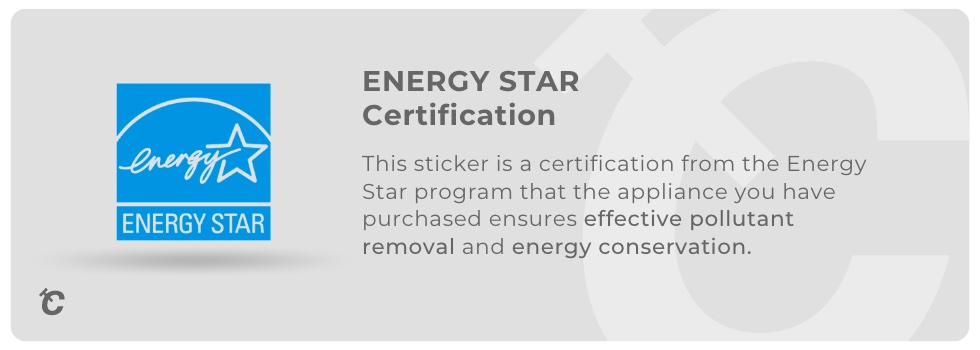
2. Building Codes and Ventilation Requirements
The ventilation requirements for kitchens come with their own building codes, such as the International Residential Code (IRC) and the International Mechanical Code (IMC). These codes created from the environmental policies of government agencies mandate the use of range hoods or other approved systems to exhaust cooking pollutants outside to improve indoor air quality.
3. Local and Regional Policies
In addition to environmental policies and building codes, local and regional policies are more stringent with their building codes for kitchen ventilation systems. These local and regional policies give specific numbers, scores, and measurements that kitchen ventilation systems must pass to be installed. For example, California's Title 24 energy efficiency standards require kitchen range hoods to have a minimum airflow of 100 cubic feet per minute (CFM) and a maximum sound rating of 3 sones.
Environmental Policies Affecting Cooktops
1. Electrification and Decarbonization
Beyond kitchen ventilation systems, there are also environmental policies that affect cooktops. Government agencies and utility companies are promoting electric appliances, including cooktops, to reduce greenhouse gas emissions. This means they are encouraging homeowners to ditch their gas cooktops and replace them with electric cooktops, namely induction cooktops. This switch will contribute to decarbonization by reducing reliance on fossil fuels and utilizing cleaner energy sources.
2. Energy Efficiency Standards for Cooktops
Environmental policies have created and established efficiency standards for cooked tops, similar to the efficiency standards for range hoods. The Department of Energy has a minimum energy conservation standard for residential cooktops like gas and electric cooktops. The purpose of these energy standards is to ensure that the appliance aids in reducing energy consumption and has a minimum negative environmental impact.
3. Local and Regional Policies
Again, local and regional policies stem from these environmental policies, four appliances in the home, which also apply to cooktops. Many cities in California have passed local and regional policies, along with incentives, promoting the use of electric cooktops in the home.
Emerging Trends in Range Hood Ventilation and Cooktops
1. Demand for Energy-Efficient Range Hoods
Supply and demand stemming from environmental policies have played a large and unique role in homeowners and builders seeking range hoods that meet the Energy Star requirements. So, these items are currently in high demand. Remember, the appeal of these Energy Star efficient range hoods is that they can provide adequate ventilation in the home and reduce energy consumption.
2. Smart Range Hoods
Smart range hoods, equipped with advanced sensors and automation features, appeal to builders and homeowners alike because of their performance and energy efficiency. These range hoods can automatically adjust fan speed based on cooking activity, ensuring optimal pollutant removal while minimizing energy use.
3. Integrated Ventilation Systems
Downdraft cooktops and integrated range hood-cooktop combinations have innovative ventilation systems that have gained popularity. They have adequate ventilation systems and a sleek and minimalistic aesthetic that fits into many modern kitchen designs.
4. Growth of Induction Cooktops
Induction cooktops, which use magnetic fields to heat cookware directly, offer several environmental advantages over traditional gas and electric cooktops. They are energy-efficient, produce fewer emissions, and contribute to improved indoor air quality. Environmentally conscious consumers will love having this option.
Who is responsible for ensuring Kitchen Ventilation regulations are met?
Many different parties are responsible for ensuring kitchen ventilation regulations are met. Firstly, manufacturers involved in the production of appliances such as vents, cookers, and more must adhere to strict guidelines throughout the manufacturing process.
However, homeowners and contractors should familiarize themselves with local and government guidelines before any kind of construction or renovation work takes place. In rental properties, the responsibility to uphold these regulations falls on the landlord’s shoulders, as opposed to the tenants.
What happens if Kitchen Ventilation Regulations are not met?
If kitchen ventilation regulations are not adhered to, property owners, landlords, or company owners may be subject to various legal and financial consequences. For example, if guidance outlined in the International Residential Code is disregarded, you can face a significant fine.
However, beyond these consequences, when regulations are not met, the health and safety standards of those living within the property are put at risk. After all, it often means that your indoor air quality suffers as a direct consequence of this negligence. Beyond this, it also means that property owners are falling short in their commitment to making the world a greener place.
Tips for Choosing Eco-Friendly Range Hoods and Cooktops
1. Look for ENERGY STAR Certification
This section will focus on the selection of eco-friendly range hoods and cooktops. Of course, the best models are the ones with Energy Star certifications because then you will know they have met the strict energy efficiency and performance criteria.
You’ll be able to tell if a product has received an Energy Star Certification as a sticker featuring the recognizable blue and white Energy Star logo will be affixed to the appliance. The information will also be detailed in the instruction manual or on a product description when shopping online.
2. Choose High-Efficiency Motors and Fans
Specific range hoods with high-efficiency motors and variable-speed fans allow you to adjust the airflow based on cooking activity, ensuring optimal ventilation while conserving energy.
3. Consider Smart Range Hoods
An eco-friendly choice and range hoods is the introduction of smart range hoods with sensors and automation features to provide homeowners with better performance and energy efficiency.
Not only is energy conservation a great way to reduce your environmental impact, but it can also help to cut back on monthly expenses and energy bills. After all, it means that each and every one of your appliances is running more efficiently, which means your energy consumption levels drop considerably. Given that most homeowners are dealing with rising bills at this time, this is yet another incentive behind adhering to these regulations.
4. Opt for Induction Cooktops
Induction cooktops offer superior energy efficiency and environmental benefits compared to traditional gas and electric cooktops. There is a benefit to considering an induction cooktop in your kitchen to minimize your environmental footprint.
Many users have also found that Induction Cookers are easier to use than traditional cookers, especially as they can cook food more quickly. As a result, they may be an excellent choice for people who do not have a lot of free time on their hands but want to cook homemade meals every day.
5. Check Local and Regional Policies
Be aware of the local and regional policies that may affect your home selection of range hoods or cooktops. Then, you can ensure that you are buying precisely what is required alongside something that fits your style.
As you plan your kitchen remodel, consider your region's environmental policies and guidelines. By choosing energy-efficient range hoods and cooktops, you can reduce your environmental footprint and enjoy the benefits of improved indoor air quality, lower energy bills, and a more comfortable cooking environment.
Considering your kitchen sustainability, you will be able to create function in your kitchen and be environmentally responsible.
6. Ask for some advice.
Asking for some advice when sourcing appliances for your kitchen (and ensuring they are up to code) is another great way to make your kitchen more eco-friendly, whether you are purchasing a new oven or installing a ventilation system.
The team at World CopperSmith are well-equipped to answer any questions you have about environmental regulations, policies, and more - giving you greater peace of mind as you embark upon your renovation project.
Sources:
https://www.ccfpd.org/Portals/0/Assets/PDF/Facts_Chart.pdf
https://www.energystar.gov/products/heating_cooling/ventilating_fans
https://www.energy.gov/eere/buildings/energy-star
https://codes.iccsafe.org/content/IMC2018
https://www.energy.gov/eere/buildings/appliance-and-equipment-standards-program
https://sfenvironment.org/news/update/all-electric-new-construction-ordinance
https://www.energy.gov/energysaver/home-cooking-appliances/induction-cooktops



